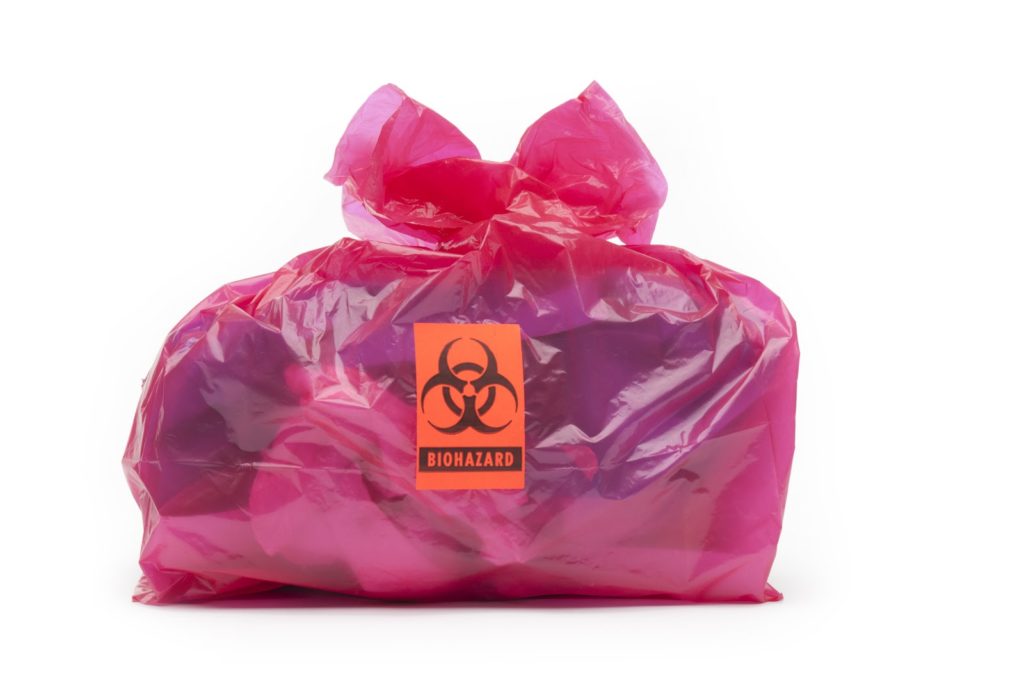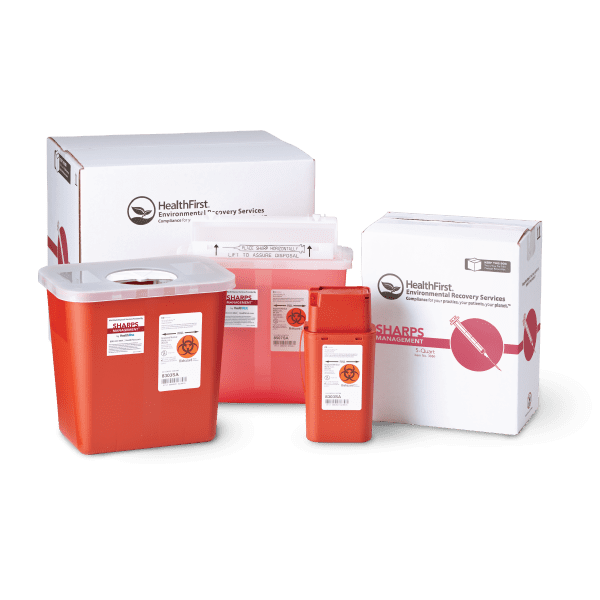Medical Waste Removal Excellence: Your Relied On Companion in Safe Biohazard Disposal
Medical Waste Removal Excellence: Your Relied On Companion in Safe Biohazard Disposal
Blog Article
Discovering Various Waste Disposal Options for a Cleanser Setting
In the pursuit of a cleaner environment, the management of waste disposal has actually become a crucial centerpiece for lasting growth. With a wide range of waste disposal choices offered, ranging from standard garbage dump approaches to cutting-edge waste-to-energy modern technologies, the choice of how we manage our waste has far-ranging effects for our earth's well-being. By examining the various techniques and methods used in reusing, composting, incineration, garbage dump management, and waste-to-energy processes, a deeper understanding of their effects and performance can be gotten. The mission for optimum garbage disposal approaches that prioritize ecological preservation while meeting the demands of an expanding population continues to be a pushing problem in today's world.
Recycling Methods
Executing reliable recycling techniques is critical in lessening waste and advertising sustainability in our environment. Recycling involves the process of transforming waste materials into recyclable objects to avoid unneeded disposal.
One more vital recycling method is composting, which involves breaking down natural waste like food scraps and yard trimmings right into nutrient-rich dirt. This procedure not just draws away natural waste from land fills but likewise creates a valuable resource for gardening and agriculture. Additionally, upcycling is an innovative recycling technique that entails transforming old or discarded materials into items of better or value. By incorporating these different recycling techniques into our waste administration practices, we can considerably decrease our environmental footprint and move towards a more lasting future.

Composting Strategies
Efficient waste monitoring methods, such as reusing methods, lead the means for a cleaner atmosphere, and now, changing the focus to 'Composting Techniques', we check out lasting ways to break down organic waste for environmental advantage. medical waste disposal.
Composting is a natural procedure that transforms organic waste, like food scraps and lawn trimmings, right into a nutrient-rich soil amendment. The key to successful composting exists in producing the ideal balance of green materials, such as fruit and veggie scraps, and brownish products, like dried out twigs and fallen leaves. These products decay with the help of microorganisms, breaking down the waste into beneficial compost.
Standard yard composting entails layering natural materials in a container or heap and frequently turning the mix to freshen it. By utilizing composting strategies, we can lower the quantity of waste sent out to landfills while producing an advantageous item for improving dirt and supporting plant development.
Incineration Disadvantages and pros
Incineration, as a waste disposal technique, provides both benefits and drawbacks that merit mindful consideration in the realm of sustainable waste monitoring techniques. On the favorable side, incineration can substantially decrease the volume of waste, reducing the need for land fill room and possibly reducing greenhouse gas emissions. Incineration also enables for the healing of power via the generation of electrical energy or warm, contributing to resource recuperation. The process can be used to damage dangerous compounds, offering a risk-free method for dealing with particular types of waste that might pose dangers to public health and the environment if left untreated.
Nevertheless, there are remarkable downsides to incineration. One significant issue is the prospective release of harmful toxins into the air, such as dioxins, heavy metals, and particle issue, which can have damaging impacts on human health and wellness and the atmosphere. In addition, the high initial financial investment and functional costs of incineration facilities position financial difficulties, making it a much less economical alternative compared to other waste administration methods. Careful tracking and regulation are important to minimize these adverse influences and make the most of the benefits of incineration as component of a detailed waste administration technique.
Land Fill Monitoring Strategies
Landfills play an essential function in waste administration and environmental conservation by providing a containment system for the disposal of solid waste materials. Efficient landfill management techniques are necessary to alleviate environmental impacts and guarantee the long-lasting sustainability of these garbage disposal sites. One key strategy is proper waste compaction to maximize making use of readily available area within the garbage dump (click here). By condensing the waste, the quantity is decreased, enabling even more waste to be suited gradually.
Additionally, the application of daily cover practices is vital in minimizing smells, preventing litter, and lowering the destination of bugs. Treatment the disposed waste at the end of daily assists to include smells and protect against possible ecological contamination. Additionally, the monitoring of land fill gas discharges and leachate levels is vital in making sure that ecological criteria are satisfied and that any kind of prospective risks to surrounding ecosystems are decreased.

Waste-to-Energy Technologies
Among the ingenious techniques to squander administration includes taking advantage of Waste-to-Energy innovations to transform strong waste into usable power resources. Waste-to-Energy (WtE) technologies encompass a variety of procedures that intend to remove power from waste products through thermal, chemical, or biological ways. This conversion process not only decreases the volume of waste that winds up in landfills but also generates beneficial power sources such as electricity, warm, or biofuels.
Incineration involves burning waste at high temperature levels to create warm and electrical energy. Gasification transforms waste into a syngas, which can be made use of for power generation or chemical production.
Implementing Waste-to-Energy modern technologies can help reduce environmental problems connected with typical waste disposal approaches while all at once giving a renewable resource resource. Nevertheless, mindful consideration must be provided to discharges control and guaranteeing the sustainability of feedstock products for these visit this site right here technologies to be absolutely helpful for a cleaner environment.

Conclusion
Finally, discovering numerous garbage disposal choices such as recycling, composting, incineration, land fill monitoring, and waste-to-energy modern technologies is essential for promoting a cleaner environment - click here. Each technique has its very own advantages and obstacles, yet by utilizing a combination of these techniques, we can work in the direction of reducing the amount of waste that ends up in garbage dumps and inevitably add to a more sustainable future for generations to come
With a wide variety of waste disposal options available, ranging from typical landfill methods to innovative waste-to-energy innovations, the option of exactly how we manage our waste has far-ranging implications for our world's wellness. medical waste removal service.Incineration, as a waste disposal technique, provides both advantages and negative aspects that warrant careful consideration in the realm of sustainable waste administration techniques.Landfills play an important role in waste administration and environmental conservation by offering a control system for the disposal of solid waste materials. By compacting the waste, the quantity is lowered, enabling for even more waste to be fit over time
One of the ingenious approaches to throw away monitoring includes utilizing Waste-to-Energy innovations to convert solid waste right into functional energy sources.
Report this page